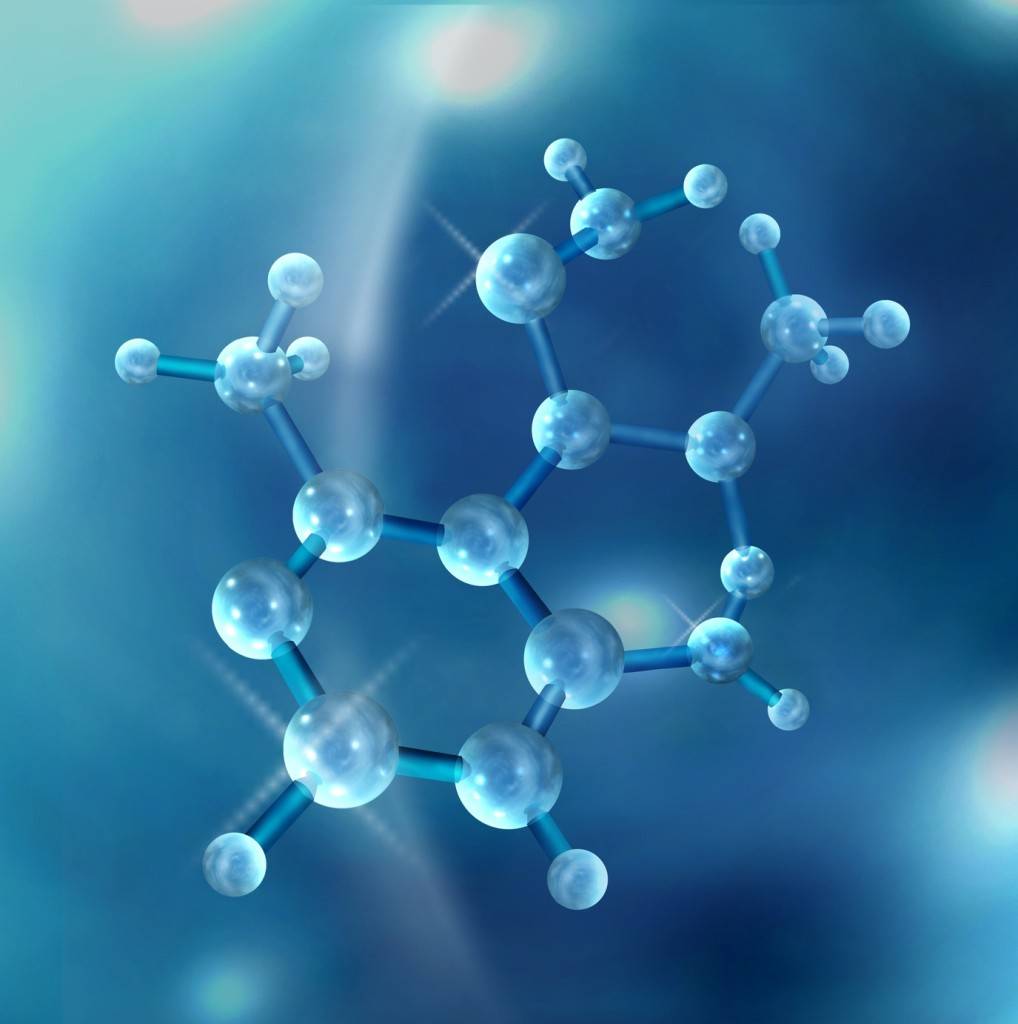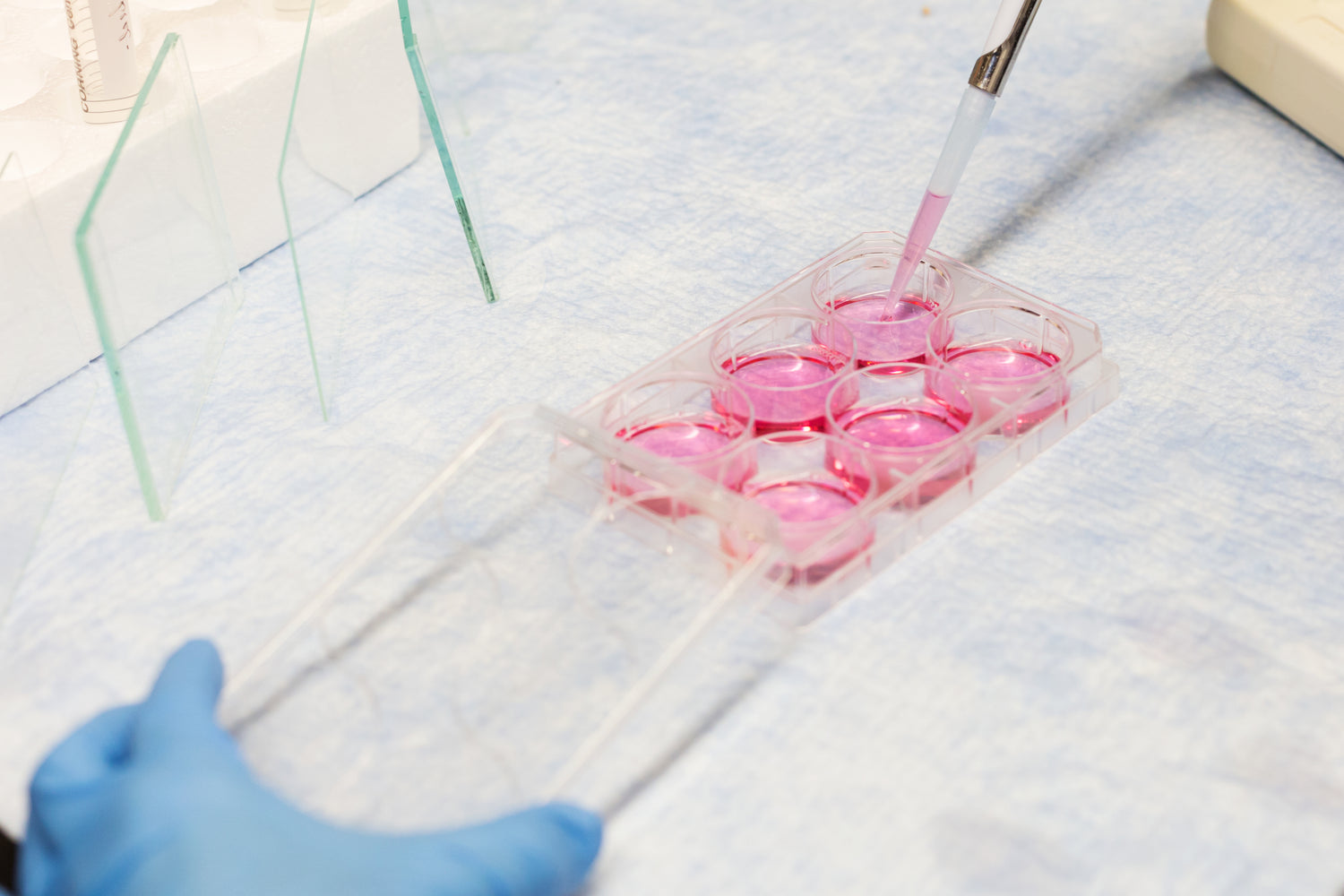In the medical field, there are many application examples of nanomaterials ultrasonic dispersion technology, including:
1. Drug development and production
a. Nano-drug dispersion: After the active ingredients of many drugs are made into nanoparticles, they can be evenly dispersed in the drug carrier by using ultrasonic dispersion technology to improve the stability and bioavailability of the drug. For example, some insoluble drugs exist in the form of nanoparticles in the carrier solution, and after ultrasonic dispersion, the drug particles can be better absorbed by the human body and enhance the efficacy of the drug.
b. Drug sample pretreatment: In the process of drug research and development, for nano water-based chemical drug samples, ultrasonic dispersion technology can evenly disperse ultra-fine particles of drugs in water-based solvents for subsequent experimental analysis and detection, which is of great significance for drug research and development and quality control.

2. Diagnosis of disease:
a. Nanocontrast dispersion: In medical imaging, nanomaterials are widely used as contrast agents. By means of ultrasonic dispersion technology, the nano-contrast agent can be uniformly dispersed in the solution to improve the imaging effect and stability of the contrast agent. For example, contrast agents based on nanomaterials such as gold and gallium, after being dispersed by ultrasound, can more accurately display the lesion site and provide clearer image information for the diagnosis of disease.
b. Biosensor preparation: When nanomaterials are used to prepare biosensors, ultrasonic dispersion technology can evenly disperse the nanomaterials in the base material of the sensor, improving the sensitivity and accuracy of the sensor. For example, biosensors made of nanomaterials such as carbon nanotubes, after ultrasonic dispersion, can more quickly and accurately detect biological molecules in the human body, providing support for the early diagnosis of diseases.
3. Cancer Treatment:
a. Sound sensitizer dispersion: some nanomaterials, as sound sensitizers, can produce toxic reactive oxygen species under the action of ultrasonic waves, attack and kill tumor cells. Through ultrasonic dispersion technology, the acoustic sensitizer can be evenly dispersed in the solution to improve the effect of the acoustic sensitizer. For example, vanadium-doped titanium dioxide nanospindles, as sound sensitized agents, can inhibit tumor growth more effectively after ultrasonic dispersion.
b. Targeted delivery of nanomaterials: The use of nanomaterials as drug carriers to deliver anticancer drugs to the tumor site can reduce the side effects of drugs on normal tissues. The ultrasonic dispersion technology can keep the nano drug carrier uniformly dispersed in the solution and improve the targeted delivery effect of the drug carrier. For example, nano droplets containing drugs are triggered by ultrasound to accurately release drugs at the tumor site to achieve targeted treatment of cancer.

4. Antimicrobial treatment: A combination of ultrasound and cationic antimicrobial polymer nanoparticles can be used to treat bacterial biofilm infections. Ultrasound can destroy bacterial biofilms and enhance the permeability of antibacterial agents, while nanoparticles have antibacterial activity. The synergistic effect of the two can rapidly destroy bacterial biofilms, providing a new strategy for the treatment of refractory diseases such as chronic wound infections and implant-associated infections.
5. Tissue engineering and regenerative medicine: In tissue engineering, nanomaterials can be used to construct scaffold materials that provide support for cell growth and differentiation. The ultrasonic dispersion technology can disperse the nanomaterials uniformly in the scaffold material and improve the performance of the scaffold. For example, nanomaterials such as nanofibers and nanoparticles, after being dispersed by ultrasound, can be used to prepare tissue engineering scaffolds to promote tissue regeneration and repair








